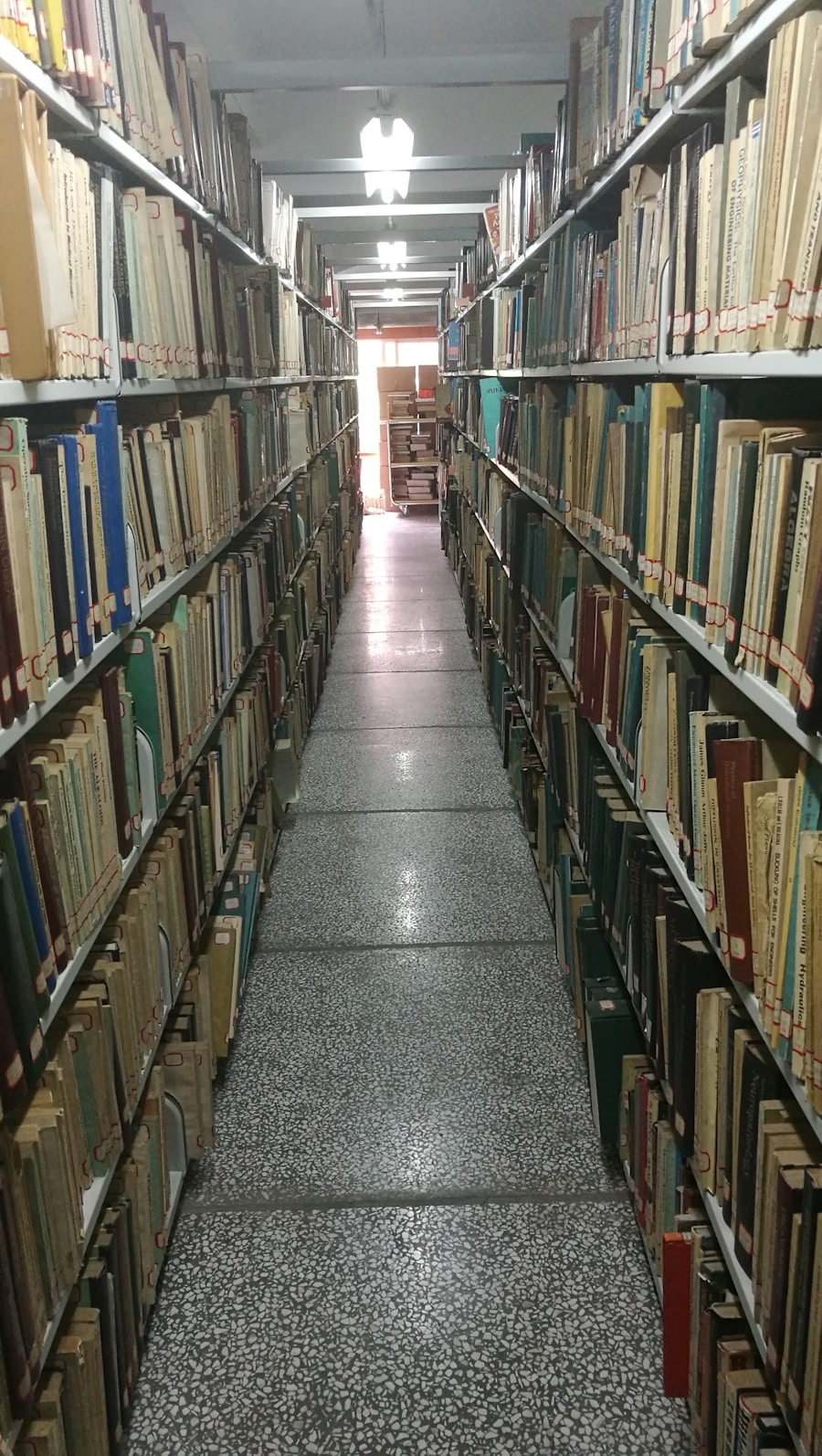Collection development and cataloguing are two fundamental components of library science that work in tandem to ensure that libraries can effectively serve their communities. Collection development refers to the systematic process of selecting, acquiring, and managing library materials, which can include books, journals, digital resources, and multimedia. This process is not merely about filling shelves; it involves a strategic approach to meet the diverse needs of library users.
Cataloguing, on the other hand, is the organization and description of these materials, allowing users to discover and access them efficiently. Together, these functions form the backbone of library services, enabling patrons to find the information they need in an increasingly complex information landscape. The significance of collection development and cataloguing has evolved with technological advancements and changing user expectations.
In the digital age, libraries are no longer just repositories of physical books; they are dynamic information hubs that provide access to a wide array of resources, including e-books, databases, and online journals. As such, collection development must consider not only the traditional print materials but also the digital resources that are becoming increasingly vital for research and learning. Similarly, cataloguing practices have adapted to accommodate new formats and technologies, ensuring that users can navigate both physical and digital collections seamlessly.
Key Takeaways
- Collection development is the process of selecting and acquiring materials for a library’s collection, while cataloguing involves organizing and describing these materials for easy access.
- Collection development plays a crucial role in shaping the library’s collection to meet the needs and interests of its users, as well as supporting the library’s mission and goals.
- Cataloguing and classification are essential for organizing materials in a library, making it easier for users to find and access the resources they need.
- When selecting materials for a library collection, principles such as relevance, quality, and diversity should be considered to ensure a well-rounded and inclusive collection.
- Ethical considerations and intellectual freedom are important in collection development, as libraries strive to provide access to a wide range of materials while respecting diverse perspectives and viewpoints. Access and discovery in cataloguing are essential for ensuring that users can easily find and access the materials they need, promoting a seamless and efficient library experience.
The Role of Collection Development in Libraries
Collection development plays a pivotal role in shaping the resources available to library patrons. It involves a comprehensive understanding of the community’s needs, interests, and demographics. Librarians engage in ongoing assessment and evaluation of existing collections to identify gaps and opportunities for growth.
This process often includes gathering feedback from users through surveys, focus groups, and informal conversations. By actively involving the community in collection development decisions, libraries can ensure that their collections remain relevant and responsive to the evolving needs of their patrons. Moreover, collection development is not solely about acquiring new materials; it also encompasses the weeding or deaccessioning of outdated or underutilized items.
This practice is essential for maintaining a vibrant and useful collection. For instance, a library may choose to remove outdated reference books that no longer serve their purpose in favor of more current digital resources. This ongoing evaluation process helps libraries allocate their budgets effectively, ensuring that funds are directed toward materials that will have the most significant impact on their users.
Additionally, collection development involves collaboration with other libraries and institutions to share resources and enhance access to a broader range of materials.
The Basics of Cataloguing and Classification

Cataloguing is a meticulous process that involves creating detailed records for each item in a library’s collection. These records typically include essential information such as the title, author, publication date, subject headings, and physical location within the library. The primary goal of cataloguing is to facilitate easy access to materials by providing users with clear and accurate descriptions.
This process is guided by established standards and practices, such as the Anglo-American Cataloguing Rules (AACR) and the Resource Description and Access (RDA) guidelines, which help ensure consistency across libraries. Classification is an integral part of cataloguing that involves organizing materials into categories based on subject matter or format.
It assigns a unique number to each item based on its subject area, allowing users to locate materials on similar topics in close proximity on the shelves. For example, books on psychology might be classified under 150 in the DDC system, making it easier for patrons interested in that subject to find related works. In addition to DDC, libraries may also use Library of Congress Classification (LCC) or other specialized classification systems tailored to specific collections.
Principles of Selecting Materials for a Library Collection
Selecting materials for a library collection is guided by several key principles that ensure a balanced and diverse array of resources. One fundamental principle is relevance; materials must align with the interests and needs of the community served by the library. For instance, a public library in a multicultural urban area may prioritize acquiring materials in multiple languages to cater to its diverse population.
Similarly, academic libraries may focus on acquiring scholarly works that support the curriculum and research needs of their students and faculty. Another important principle is quality; librarians must evaluate the credibility and reliability of potential acquisitions. This often involves reviewing publisher reputations, author qualifications, and critical reviews from reputable sources.
For example, when considering a new title on climate change, a librarian might look for works authored by recognized experts in environmental science or those published by reputable academic presses. Additionally, librarians must consider the format of materials; with the rise of digital resources, they must weigh the benefits of e-books versus print editions based on user preferences and accessibility.
Ethics and Intellectual Freedom in Collection Development
Ethics play a crucial role in collection development, particularly concerning intellectual freedom—the right of individuals to access information without censorship or restriction. Librarians are often guided by professional codes of ethics that emphasize the importance of providing diverse viewpoints and resisting pressures to exclude materials based on political or social considerations. This commitment to intellectual freedom ensures that libraries remain spaces for open inquiry and exploration.
Challenges to intellectual freedom can arise from various sources, including community members who may advocate for the removal of certain materials deemed controversial or inappropriate. In such cases, librarians must navigate these challenges while upholding their ethical responsibilities. For instance, if a library receives complaints about a book addressing LGBTQ+ themes, librarians may engage in discussions with concerned patrons to explain the importance of diverse representation in literature and the value of providing access to all viewpoints.
The Importance of Access and Discovery in Cataloguing

Access and discovery are paramount in cataloguing as they directly impact how users interact with library collections. Effective cataloguing practices ensure that materials are not only accurately described but also easily discoverable through various search methods. This includes keyword searches, subject headings, and advanced search options that allow users to refine their queries based on specific criteria such as author or publication date.
In an era where information overload is prevalent, libraries must prioritize user-friendly interfaces that enhance discovery. Many libraries have adopted integrated library systems (ILS) that provide online catalogs accessible from anywhere with an internet connection. These systems often include features such as user reviews, recommendations based on borrowing history, and links to related resources.
For example, if a patron searches for a book on artificial intelligence, the catalog might suggest additional titles on machine learning or robotics based on their interests. By leveraging technology to improve access and discovery, libraries can empower users to explore their collections more effectively. Furthermore, as libraries expand their digital offerings, ensuring equitable access becomes increasingly important.
This includes addressing barriers such as digital literacy skills or access to technology among certain user groups. Libraries may offer workshops or one-on-one assistance to help patrons navigate online catalogs or utilize digital resources effectively. By prioritizing access and discovery in cataloguing practices, libraries can foster an inclusive environment where all users feel empowered to engage with their collections fully.
If you are interested in exploring different philosophical perspectives, you may find the article on Carvaka Philosophy to be a fascinating read. This ancient Indian school of thought challenges traditional beliefs and offers a unique perspective on reality and existence. It could be a thought-provoking complement to the Principles of Collection Development and Cataloguing, providing a different lens through which to view the nature of knowledge and information organization.
FAQs
What is collection development?
Collection development is the process of selecting and acquiring materials to build and maintain a library’s collection. This includes books, journals, electronic resources, and other materials that meet the needs of the library’s users.
What is cataloguing?
Cataloguing is the process of creating bibliographic records for library materials, including information such as title, author, subject headings, and other descriptive elements. These records are used to organize and provide access to the library’s collection.
What are the principles of collection development?
The principles of collection development include assessing the needs of the library’s users, selecting materials that support the library’s mission and goals, evaluating the quality and relevance of materials, and managing the collection to ensure it remains current and useful.
What are the principles of cataloguing?
The principles of cataloguing include following established standards and guidelines for creating bibliographic records, providing accurate and consistent descriptive information, assigning appropriate subject headings and classification numbers, and ensuring the accessibility of the library’s collection.
Why are collection development and cataloguing important for libraries?
Collection development and cataloguing are important for libraries because they ensure that the library’s collection is relevant, organized, and accessible to users. These processes help libraries meet the information needs of their communities and provide a valuable resource for research, learning, and enjoyment.























+ There are no comments
Add yours